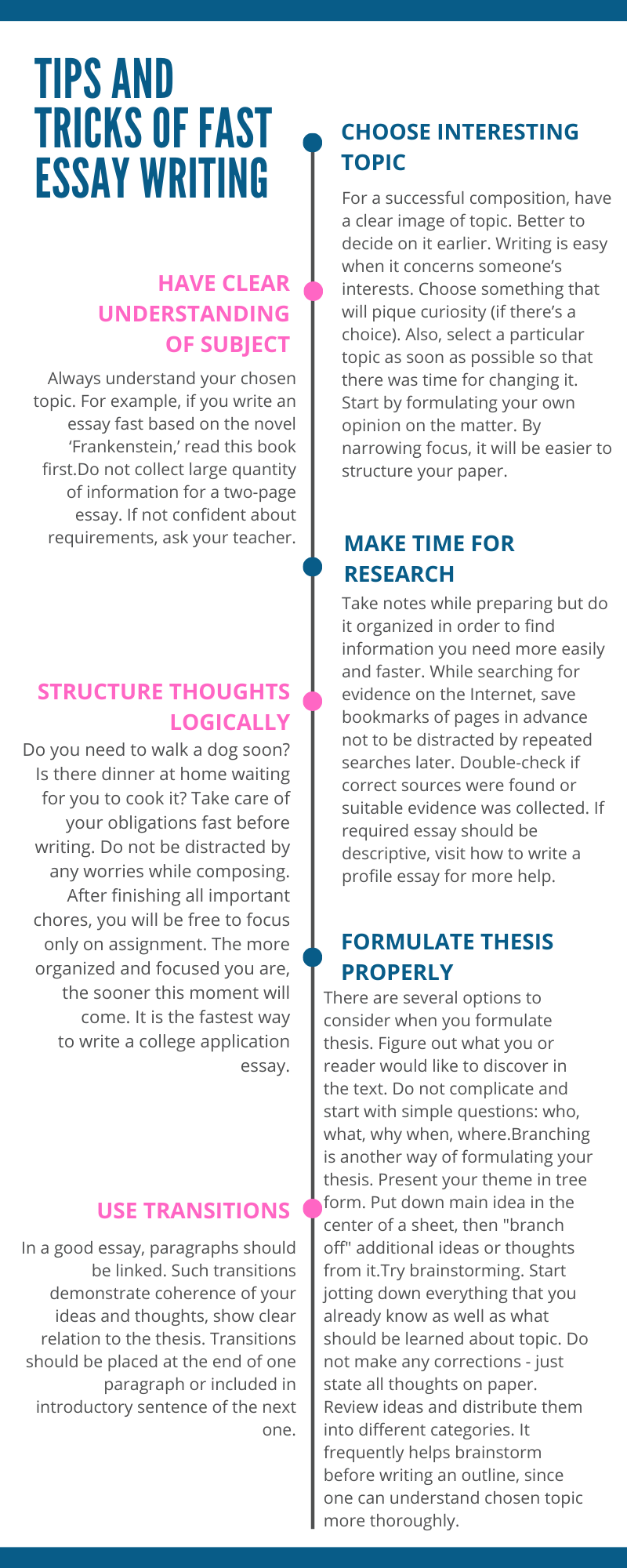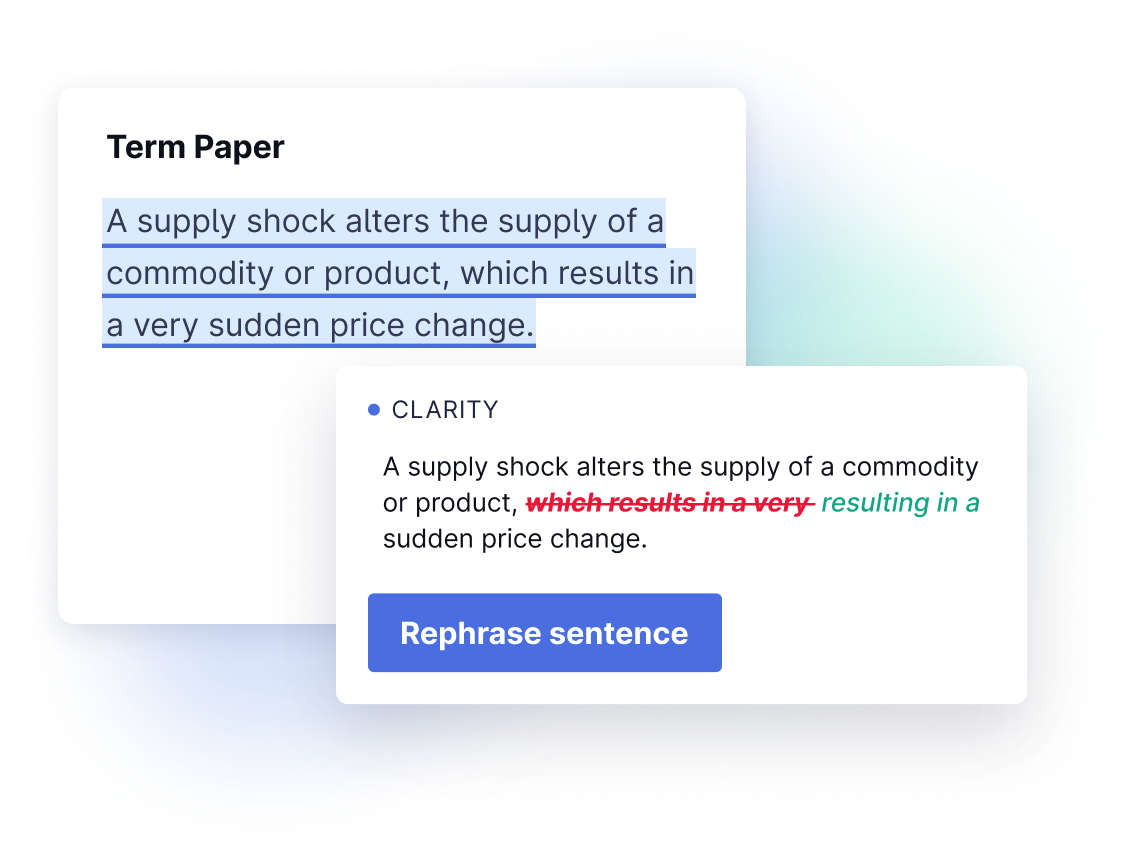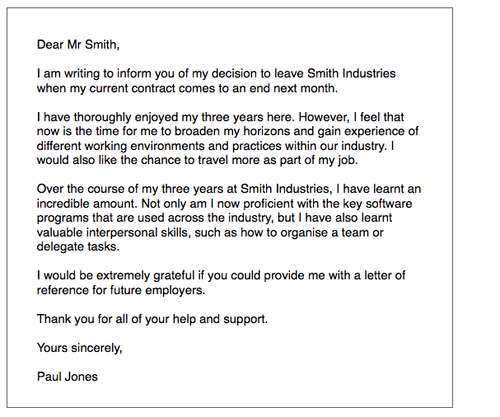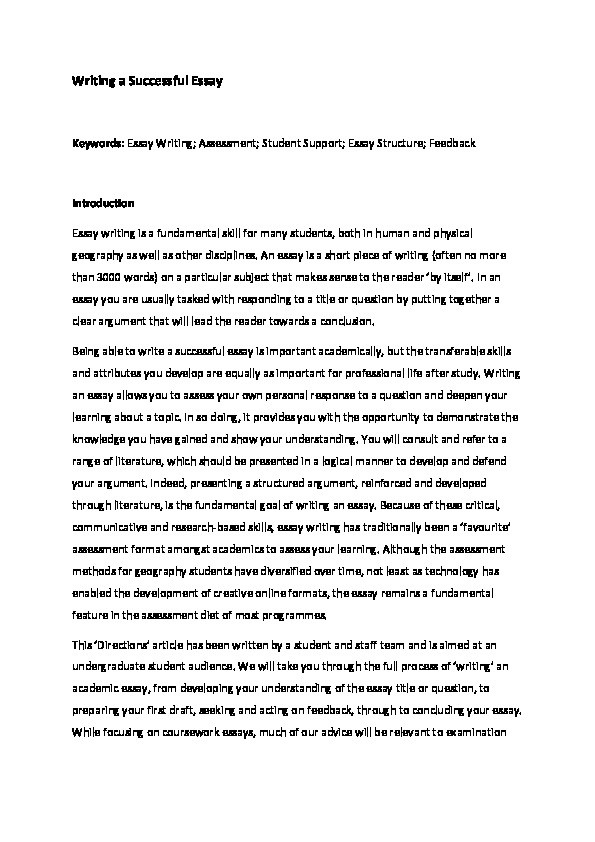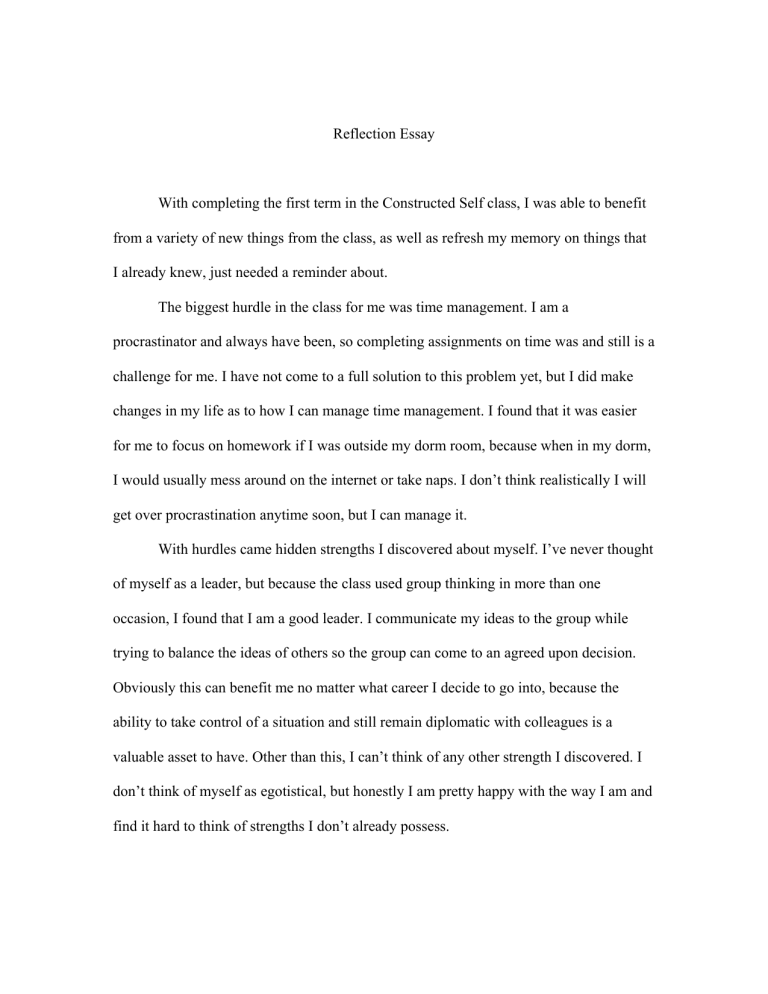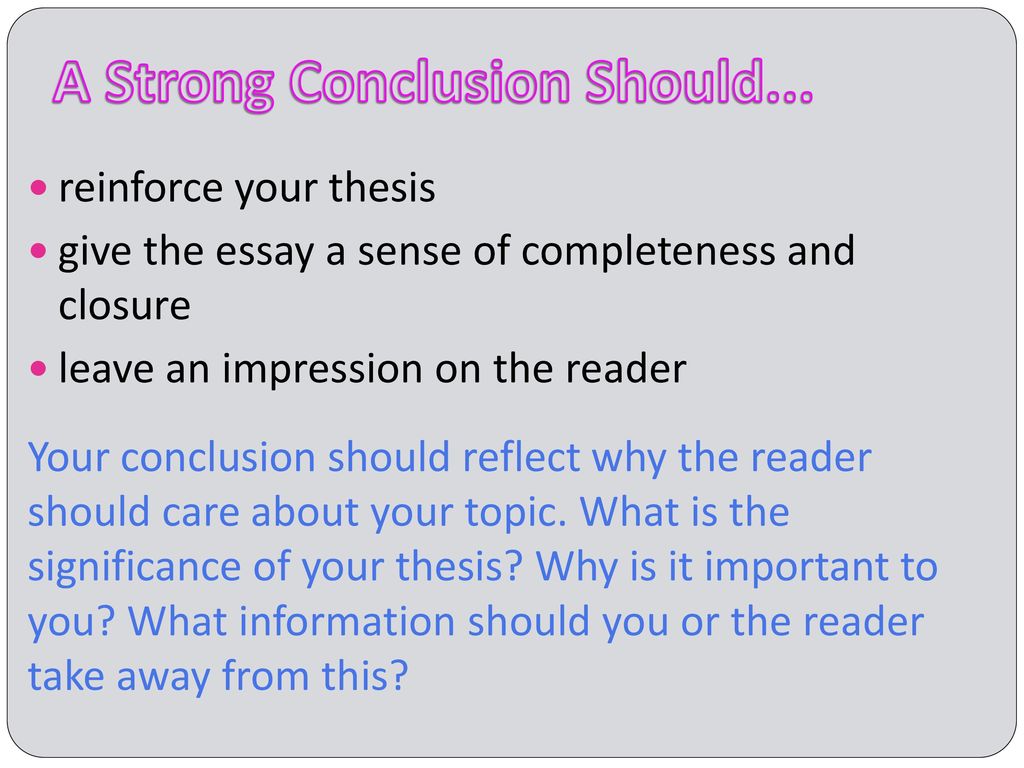If you’re wondering how to write essay conclusion, read on for some important tips and tricks. Here’s how to avoid some common mistakes that students make when writing this portion of an essay. Rephrasing your introduction, Citing concrete details, and including a call to action are all good ways to make your essay conclusion stronger than the rest of the paper. These are the three main mistakes that many students make when writing essay conclusions.
Mistakes to avoid in writing an essay conclusion
A good essay should include a strong conclusion paragraph, and there are some mistakes you should avoid. First of all, you should avoid introducing a new topic to your essay, such as the disappearance of the California condor. Also, you shouldn’t repeat your thesis or apologize for it, or suggest that you have doubts about it. Instead, it should summarize your essay and sum up your points.
Use active voice and avoid using passive voice when possible. Passive voice helps you maintain a more objective tone, but it also tends to add wordiness and makes it harder to follow your argument. Avoid using redundant phrases or nominalizations. If your text doesn’t meet the word count limit, look for places to expand without using padding. This may include adding extra examples to support your argument, or explaining your conclusions in greater detail.
Rephrasing your introduction
If you are struggling with an essay topic, rephrasing your introduction is an excellent way to make your points clear. Your introduction should state your thesis, then go into detail about your main ideas and how they support your thesis. Then, you should restate your thesis in your conclusion, but try not to rehash the whole paper. It may be tempting to use your conclusion to reiterate your thesis and introduce new ideas, but this is a bad idea.
While an essay’s introduction paragraph begins with general background information and ends with the thesis statement, the conclusion is focused and ends with a broad idea. Rephrasing your introduction when writing an essay conclusion will confuse the reader, so it’s best to stick to the order of the main points. Rephrasing your introduction can be as simple as putting the main points before your introduction. However, you can also change the order of the main points.
Citing concrete details
In an essay, citing concrete details in the conclusion can make the reader understand the connection between the various elements of an idea. For example, a writer in a college education essay could discuss the classroom and its various elements in order to show how a teacher-centered approach can be implemented. Citing concrete details will help the reader understand the connection between the various elements and make their understanding of the whole more clear. Listed below are some tips for citing concrete details in an essay conclusion.
Using concrete details in the essay conclusion can summarize the entire essay and encourage further thought on the subject. For example, a writer might use the most important features of a product in his or her conclusion. Another writer might discuss the qualities of a specific product, as well as its features compared to competitors. When citing concrete details in an essay conclusion, it is best to cite the most compelling details that make the reader want to know more about the topic.
Including a call to action
Using a call to action in an essay conclusion is a proven way to motivate readers to take action. Many companies use call to action buttons to encourage readers to browse, subscribe, or input information. These buttons can be placed anywhere, depending on what they want the reader to do. The best call to action phrases are short and include strong verbs. A call to action button on NPR’s website is a great example of a strong call to action.
Adding a call to action to your essay conclusion can be effective in a variety of genres. Calls to action are frequently used in speeches, advertisements, and persuasive essays. Blogs are another popular example. By reading different blogs on a topic you’re interested in, you can identify articles with calls to action. Make sure to incorporate a call to action in your essay conclusion. A compelling call to action will inspire readers to take the next step.

